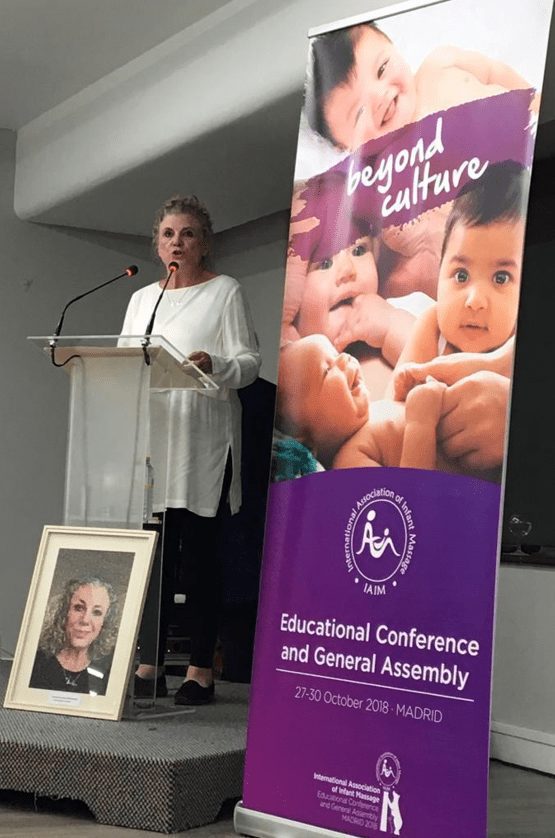A new study, to be published in Child Development, conducted at Emory University and sponsored by The Eunice Kennedy Shriver National Institute of Child Health and Human Development (a division of the National Institute of Health), reveals that infants under 2 can learn signs from television time. While the American Pediatric Association (APA) has issued earlier statements advising parents against it, putting your baby down for a few minutes’ worth of an educational video is not so bad after all.
New research suggests that children under two years old can learn certain communication skills from a video, such as how to use signs in sign language, and perform similarly in tests when compared to babies taught by their parents.
During the course of this three-week long investigation which took place through the Video Learning Lab at Emory University, parents introduced their 15-month-olds to ASL signs at home, either through videos or a picture book. The best piece of information gleaned from this study is that when it came to video viewing, babies who watched with parents for approximately 15 to 20 minutes recalled a significant number of the 18 signs presented. They performed just as well as those who learned from books. In addition, those that watched videos alone (without a parent next to them), also retained a significant portion of the information. The findings suggest that TV time for tots is not as harmful as we’ve been led to believe in recent years.
Once a week, the Emory team quantified their subjects’ learning outcomes by having them pair pictures with their matching signs. Parents also reported each week whether they observed their babies using these signs. When the three week period ended, researchers retested the children one week later to determine what they were able to remember. Recall was assessed specifically by having the infants produce signs when they saw pictures of the objects, and by asking them to point to the picture that matched the signs.
Researchers found that babies were consistently able to understand the signs and pick out a photo of the corresponding object after watching an instructional video for 15 minutes, four times a week for three weeks. Babies who watched the video performed just as well in tests as babies who had been taught signs by their parents under similar conditions (15 minutes of instruction, four times per week for three weeks) but without a video.
A leading author of the study, developmental psychologist Shoshana Dayanim, Ph.D. (formerly of Emory and now at Keiser University), explains that the study is unique for a variety of reasons: It was a controlled one wherein the only way for subjects to learn signs was through this study during its allotted time periods. While previous research has been conducted with infants and language — a murky area where it is difficult to control what is learned — the Emory exploration consisted of approximately 15- to 20-minute intervals of exposure. The study uniquely presented the babies with expressions they can actually employ and simultaneously understand. Dayanim further explains that infants use signs interchangeably with verbal words and can sign words earlier than they can vocalize them. This not only helps communication in the present tense, but research supports that signing positively impacts vocabulary in early childhood.
Dayanim said in a statement, “This is the first controlled study to show that babies as young as 15 months can learn communicative skills from commercial videos just as well as from parents. They could recognize a novel photo of an object and label it using signs that they had only been exposed to from the video.”
Four groups of parents and children participated in the study: (video with parent, video only, parent instruction only, control). Parents were instructed not to sign to their children or provide sign instruction of any kind outside of the video or parent instruction learning session.
After the American Pediatric Association advocated for keeping infants away from television altogether, it is interesting to see there are benefits to TV learning in a controlled environment. Dr. Dayanim makes it clear that Emory is not saying “Watch TV!” but that under the right circumstances, instructional learning can actually take place through instructional videos in children under 2. The one drawback of the study was that researchers were not able to determine exactly when to draw the line on video watching. Parents may want to play it safe by keeping educational viewing to a minimum as the researchers did. If a parent needs 15 to 20 minutes to unwind, explains Dayanim, their baby can actually learn something in the process.
When the babies were tested after a week without parent instruction or video watching, the infants not only recognized which photos went with which signs, but also were able to produce the signs themselves from memory. Infants who had been taught by their parents retained more of the signs during testing than babies who had watched the video.
“We can’t speak to the short-term or long-term cognitive effects of video exposure for infants overall — only the potential for instruction,” researcher Laura Namy said. “There are many caveats to our research: the nature of the learning material matters and a lot may depend on the learning context and the formal features of the video.”
— Vimala McClure




